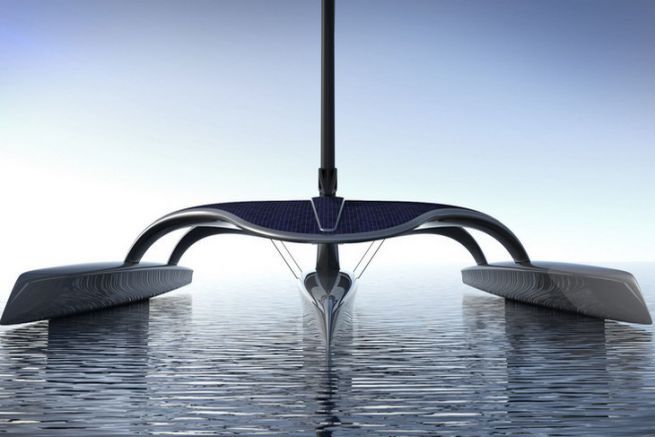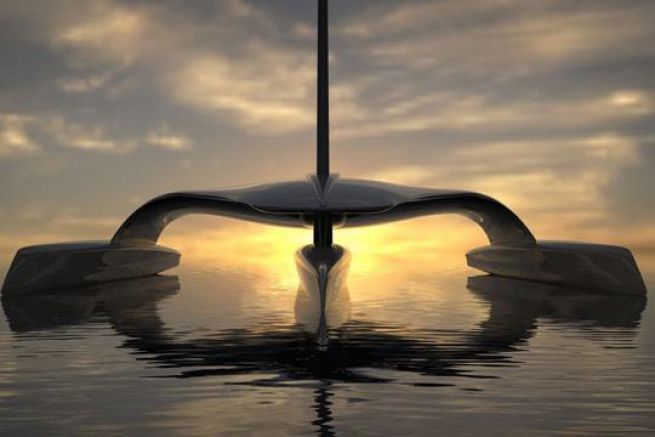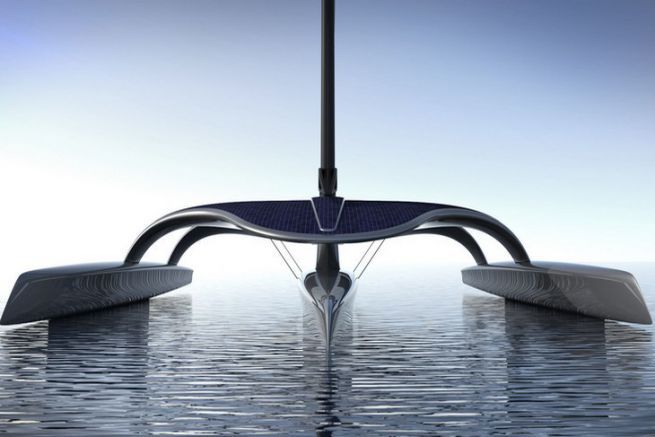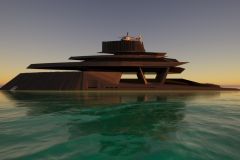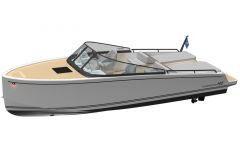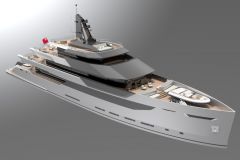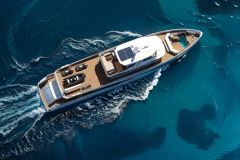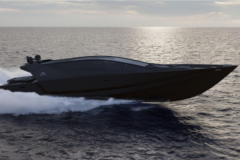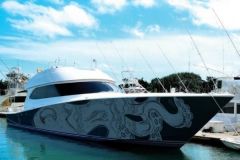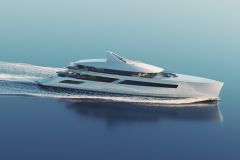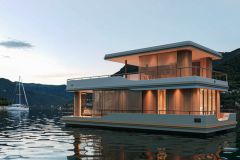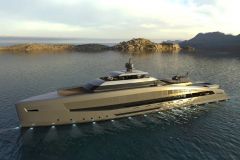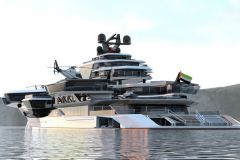This pioneering project aims to design, build, and sail the first full-scale, fully autonomous and unmanned vessel across the Atlantic. The Mayflower will have an overall length of 100 feet (30 m) and will use wind and solar technology for its propulsion, giving it unlimited autonomy. This revolutionary trimaran will carry on board several drones, with which it will conduct experiments during its voyage. It will be a test bed for new navigation software and other forms of propulsion, incorporating huge advances in solar, tidal and navigation technologies. This is also a way for students from the partner university to learn.
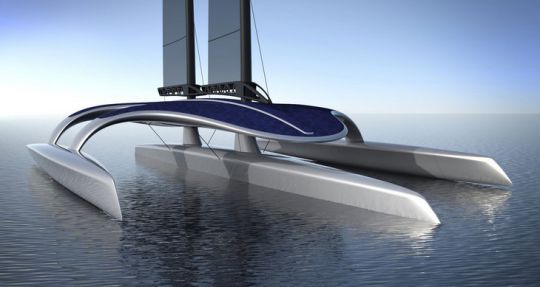
Based on the fact that there would be no need to carry a crew and that the ship would have to move forward using only renewable energy, the Shuttleworth Design studio decided to design a trimaran. To move forward, the Mayflower will collect and analyse its own meteorological, oceanographic and climatic data.
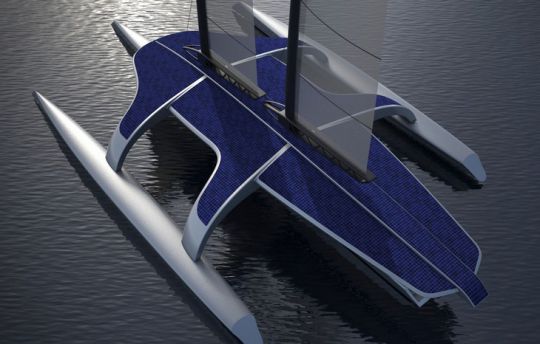
After a one-year test phase, the autonomous trimaran will cross the Atlantic in 2020, marking the 400 e anniversary of the original crossing of the first Mayflower. The Mayflower was a 90-foot merchant ship that transported the first settlers from England in 1620 to form the present-day United States. It followed the same route from Plymouth, England, to Plymouth, Massachusetts, United States.
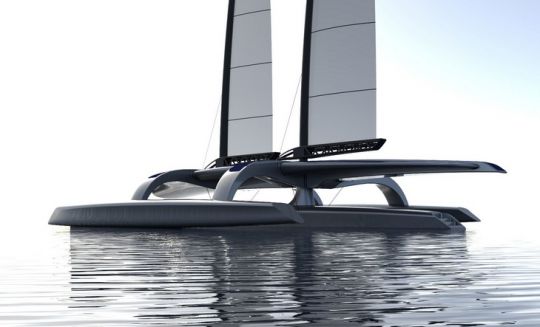
This project is being developed in partnership with the University of Plymouth, MSubs Autonomous Craft Specialists and Shuttleworth Design Studio. Design and development studies are ongoing and the UK studio is currently preparing scale models for a series of tests at the Marine Building University (Plymouth, England).
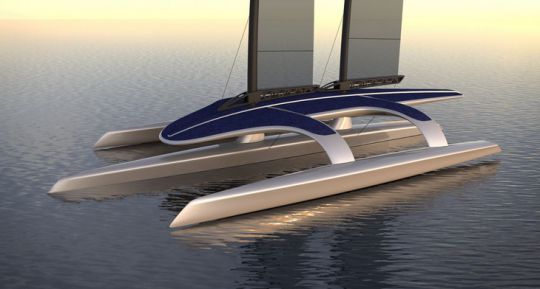
"We chose a trimaran because it provides the most efficient hull shape for low-speed sailing. The hull configuration was developed from the requirement to reduce dunnage, while keeping the solar field high enough above sea level to reduce the impact of waves. The centre hull has been kept low on the water, while the floats and deck are separated but joined by spacers. With this underdeck tunnel, water passes through, significantly reducing the roll induced by wave impact. The outer hulls are designed to reduce water resistance by 8%" explain John and Orion from Shuttleworth Studio.
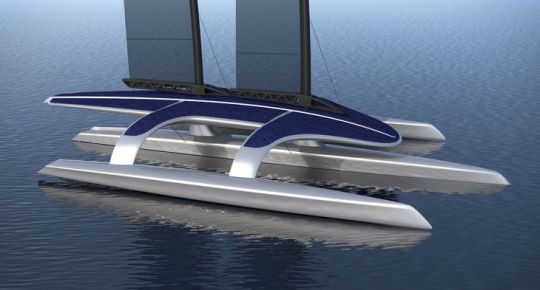
"The Mayflower will be equipped with two masts for a rigging area capable of delivering a maximum speed of 20 knots. Each sail will be controlled by a single sheet and will be able to swivel around the mast and have different reefing points to adapt to different wind speeds. Stowing the sails while sailing will reduce dredging and eliminate shadows on deck to clear the solar panels, while the masts will be able to carry the traffic lights" continue the designers.

 /
/ 